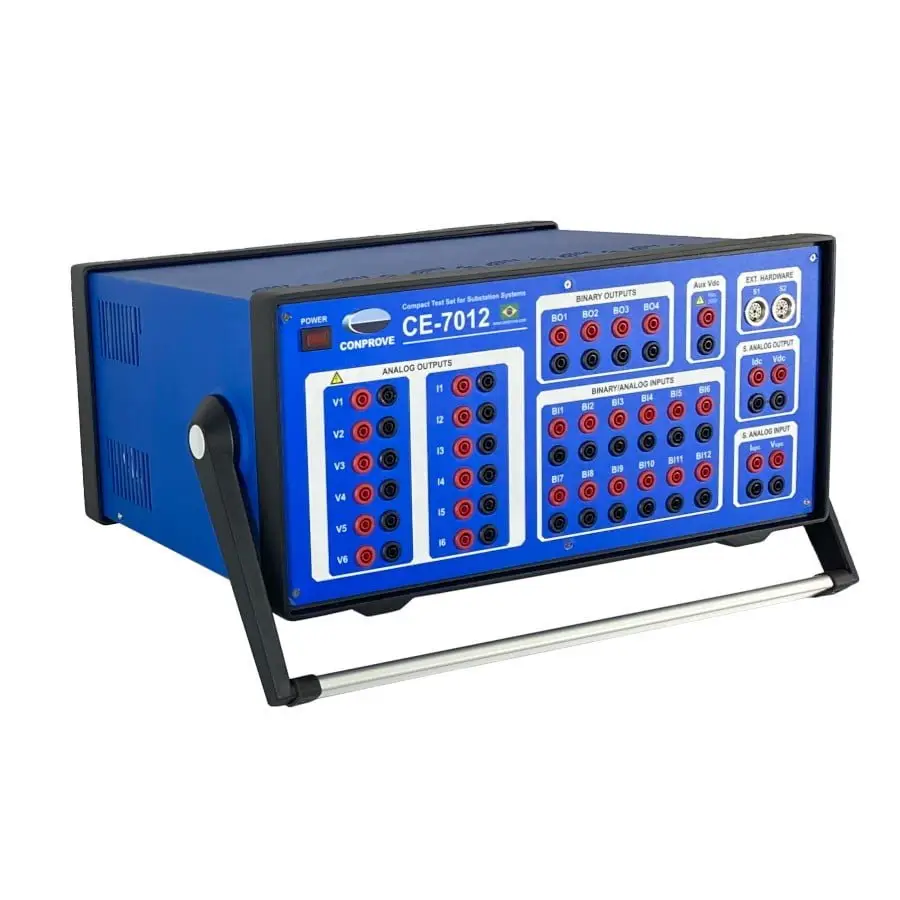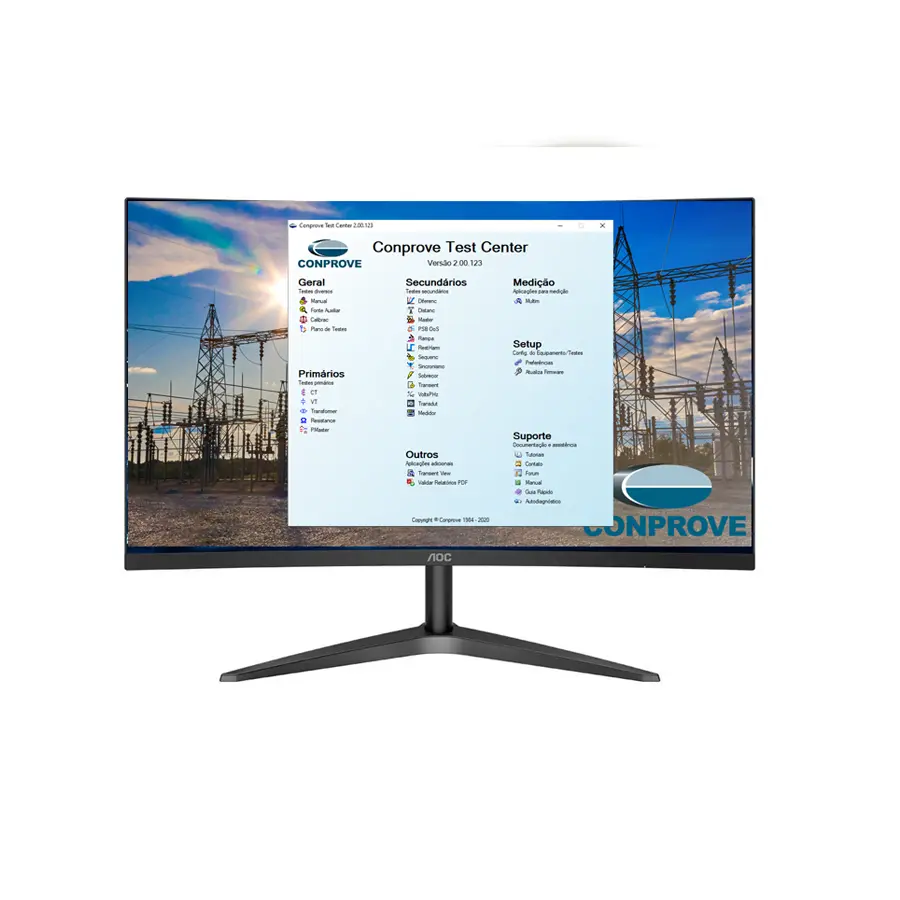Breaker and Disconnector Testing
Operational Reliability and Safety in Electrical Systems
Breakers and disconnectors are key elements of electrical infrastructure, present in substations, distribution panels, and power systems at all voltage levels. The integrity and proper functioning of these devices are crucial to ensure the continuity of power supply and the operational safety of equipment and personnel.
Circuit Breakers: Safe Fault Current Interruption
Circuit breakers are switching and protection devices responsible for interrupting short-circuit or overload currents quickly and accurately. Operating automatically through commands issued by protection relays, they must perform opening and closing actions in extremely short and synchronized times, often under severe current and voltage conditions.
In addition, breakers also perform routine switching and reclosing operations, requiring their mechanics to be adjusted, synchronized, and compliant with international technical standards.
Disconnectors: Ensuring Isolation and Safety
Disconnectors (or disconnector switches) are electromechanical devices used to physically isolate parts of the electrical system, ensuring safety during maintenance procedures. Although not designed for load switching, their correct operation is essential to prevent electrical accidents and preserve circuit integrity.
Why Perform Testing?
Predictive and periodic maintenance of these devices is essential to identify mechanical faults, contact wear, synchronism issues, and other defects that may compromise system operation. Tests such as operation time verification and contact resistance measurement are essential to validate the reliability of these devices.
Conprove Solutions for Breaker and Disconnector Testing
Focusing on versatility and performance, Conprove offers the CE-7012, a universal tester that allows testing of primary and secondary equipment, with the ability to automate tests on breakers and disconnectors.
The CTC – Conprove Test Center, software developed by Conprove, complements the equipment with test automation features, report generation, test result database, and parameter comparison tools.
Main Tests Performed
Opening and Closing Time Test
Verifies the synchronization of breaker poles during opening and closing operations. A breaker out of sync can cause asymmetrical recovery voltages, excessive arc currents, and operational failures. The test records individual operation times per pole, allowing precise adjustment of the device.
Auxiliary Contact Test
Measures the time between the open/close command and the actuation of the breaker’s auxiliary contacts. These contacts are essential for remote monitoring and coordination with other systems. The test ensures that signals are consistent with the actual device operation.
Contact Resistance Measurement
High contact resistance indicates wear, oxidation, or assembly defects in the main contacts of the breaker or disconnector. This additional resistance can cause electrical losses, overheating, and thermal failures. The CE-7012 allows accurate contact resistance measurement under DC current, detecting possible anomalies.
Applications and Benefits
Conprove’s solutions are recommended for:
- Utilities and transmission companies;
- Power generation plants (hydro, thermal, solar, and wind);
- Large-scale industries;
- Maintenance, engineering, and commissioning companies;
- Testing laboratories and technical institutions.
Main benefits:
- Increased system reliability and availability;
- Early detection of mechanical and electrical failures;
- Ease of reporting and compliance with technical standards;
- Reduced costs with emergency corrective maintenance.








